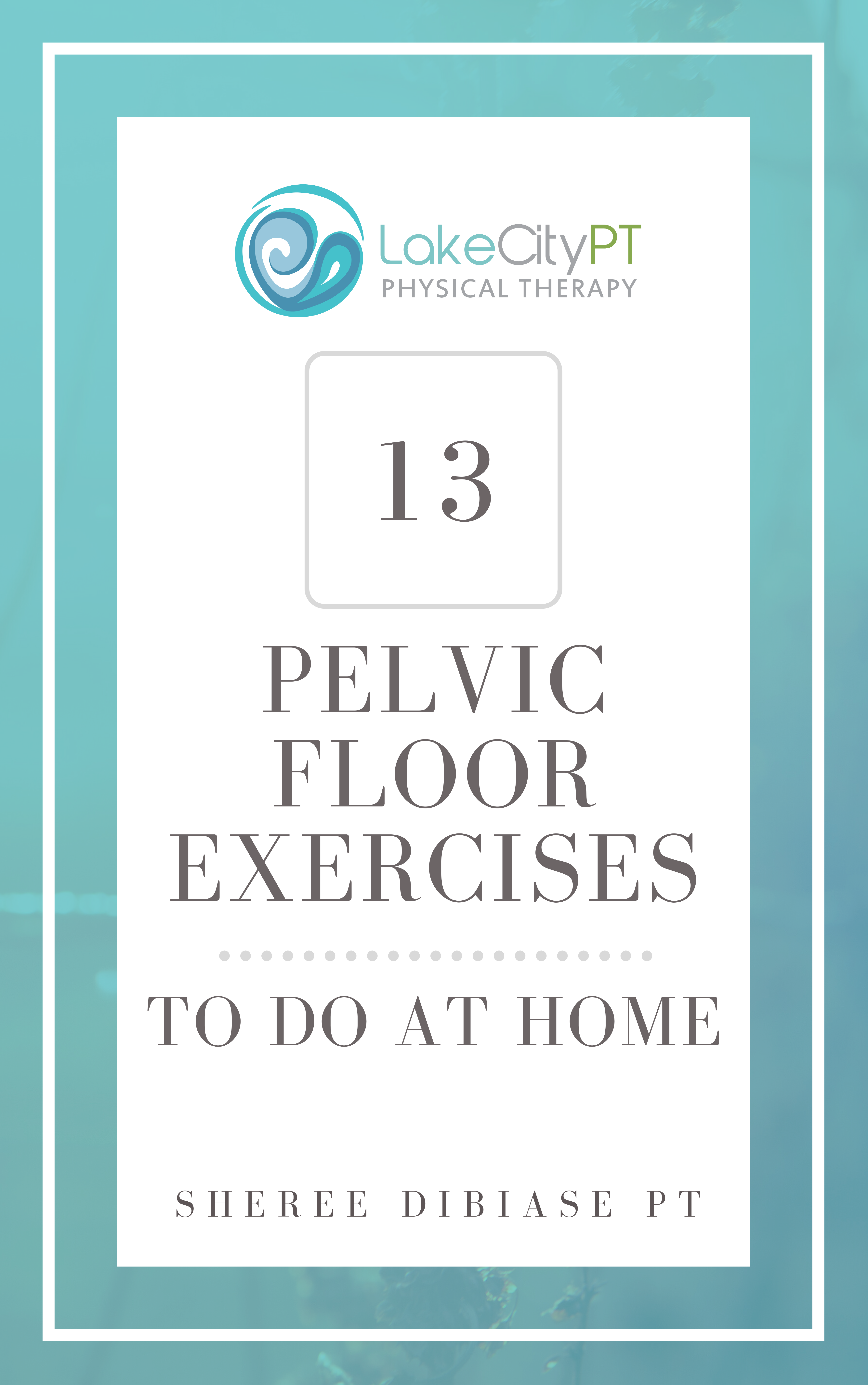Pelvic Pain After Exercise During Pregnancy
Staying active throughout your pregnancy is imperative, as it can help both you and your baby enjoy a much healthier and more pleasant gestation – both from a physical and a psychological point of view.
Nonetheless, not every sport, activity, or workout will be suitable for the specific stage of pregnancy that you are in. Some exercises, in fact, might be potentially harmful, or they might put too much pressure on your pregnant body.
How can you tell, though, if the physical activity that you are performing in pregnancy is suitable or not? Besides speaking with a specialist, it can help to pay attention to how your body feels after exercise.
For example, symptoms such as pelvic pain after working out in pregnancy might be a red flag that the type of workout that you did is not good for you. Our comprehensive guide right here will shed some more light on the all-important topic of pelvic pain after exercise during pregnancy.
Working out in Each Trimester of Pregnancy
Most healthy, low-risk pregnancies can benefit from a regular amount of exercise throughout, although you will need to be a bit more careful during both the first and the third (and last) trimester. In the first trimester, in fact, you are encouraged to take it down a notch and favor gentler, lower-intensity workouts such as walking, stretching, yoga, and Pilates, over your traditional cardio routine.
This is because your body is going through some enormous changes at a very rapid pace, and also because the first trimester is one of the most delicate parts of the entire gestation when it comes to the growth and development of your baby. Similarly, in the first trimester you are also more likely to experience unpleasant symptoms that range from morning sickness to extreme fatigue, which might put a hamper on your energy levels and eagerness to hit the gym.
When you reach the second trimester, things usually start to perk up a little. Your energy comes back, your annoying first-trimester symptoms wane, and your body is more able to sustain a wider range of exercise. You can, for example, incorporate swimming, running, and strength training into your regular exercise regime, but always remember to get clearance from your doctor first.
In the third, and last, trimester, you will need to take it easy: as your body grows more and more and you prepare yourself to welcome your baby, you might find that you prefer to go on a nice, long, daily walk as opposed to jumping in the pool for your weekly swimming session. In these last few weeks, you are also probably experiencing symptoms such as lower back pain, Braxton Hicks contractions, and heartburn, which might not make you feel like exercising at all.
Potentially Harmful Exercises
Some exercises might directly contribute to the development of pelvic pain in pregnancy – let’s find out here what these are, and why you should practice them in moderation and with caution.
Standard Core Exercises
During pregnancy, it’s best to ditch your regular core exercises, such as crunches and sit-ups. This is because these movements activate one or two core muscles independently, which can pull on your pubic area and result in pain. Be careful with other core exercises such as the plank, which requires strong pelvic stability.
Stretching
Did you know that over-stretching is a risk that you might run in pregnancy? Yes, because during the nine months of gestation, your body ups the production of hormones like relaxin and progesterone, which are tasked with helping your muscles and ligaments relax in preparation for birth.
The bottom line? Your body will already be more naturally prone to stretching fully, during pregnancy, which means that you’ll need to pay more attention and exercise more control on your stretches in order to avoid over-extensions and potential pelvic pain.
Deep and Sumo Squats
Squats are generally a great and safe exercise to do in pregnancy, but they do put a fair amount of pressure on your pelvic floor. Try eliminating deep and sumo squats from your routine, especially if you are in pain after them.
Single Leg Movements
Who would have thought that exercises such as split squats, lunges, and even the famous yoga pose “Warrior” might all be responsible for causing pelvic pain during pregnancy? This happens because all of these exercises utilize a one-leg approach, which in turn can place more pressure on your pelvis.
Adductor Machines
These machines are found in pretty much all gyms, so there is a strong chance that you have been using them at yours before your pregnancy. If you want to keep using them during pregnancy, you’ll need to be very careful.
Adductor machines, in fact, work the adductor muscles, which in turn are connected both to your inner thigh and your pelvis. If you put too much pressure on this area, or if you perform an exercise in a slightly incorrect way, your pelvic floor might suffer.
Explosive Movements and Exercise
Fast, explosive movements are a no-no during pregnancy. This is because such movements are very demanding of your pelvic muscles, and they can end up damaging them irreversibly.
Can Physical Therapy Help?
One way to avoid suffering from pelvic pain after exercise during pregnancy is by following a personalized physical therapy treatment for pelvic pain. Call the friendly and professional team at Lake City PT today, and discover how we can help you make the most of your pregnancy workouts without the frustration of pelvic discomfort.


